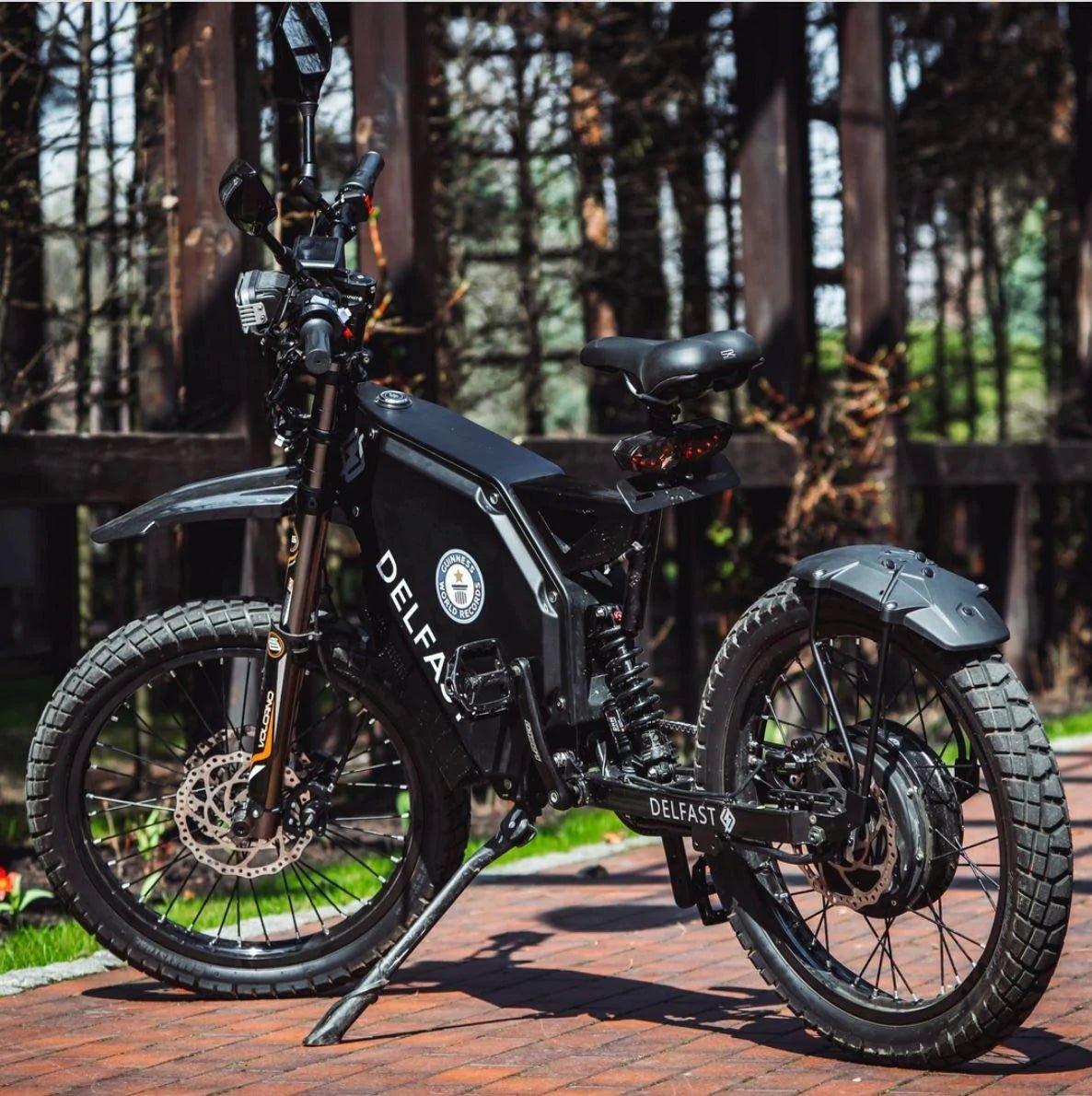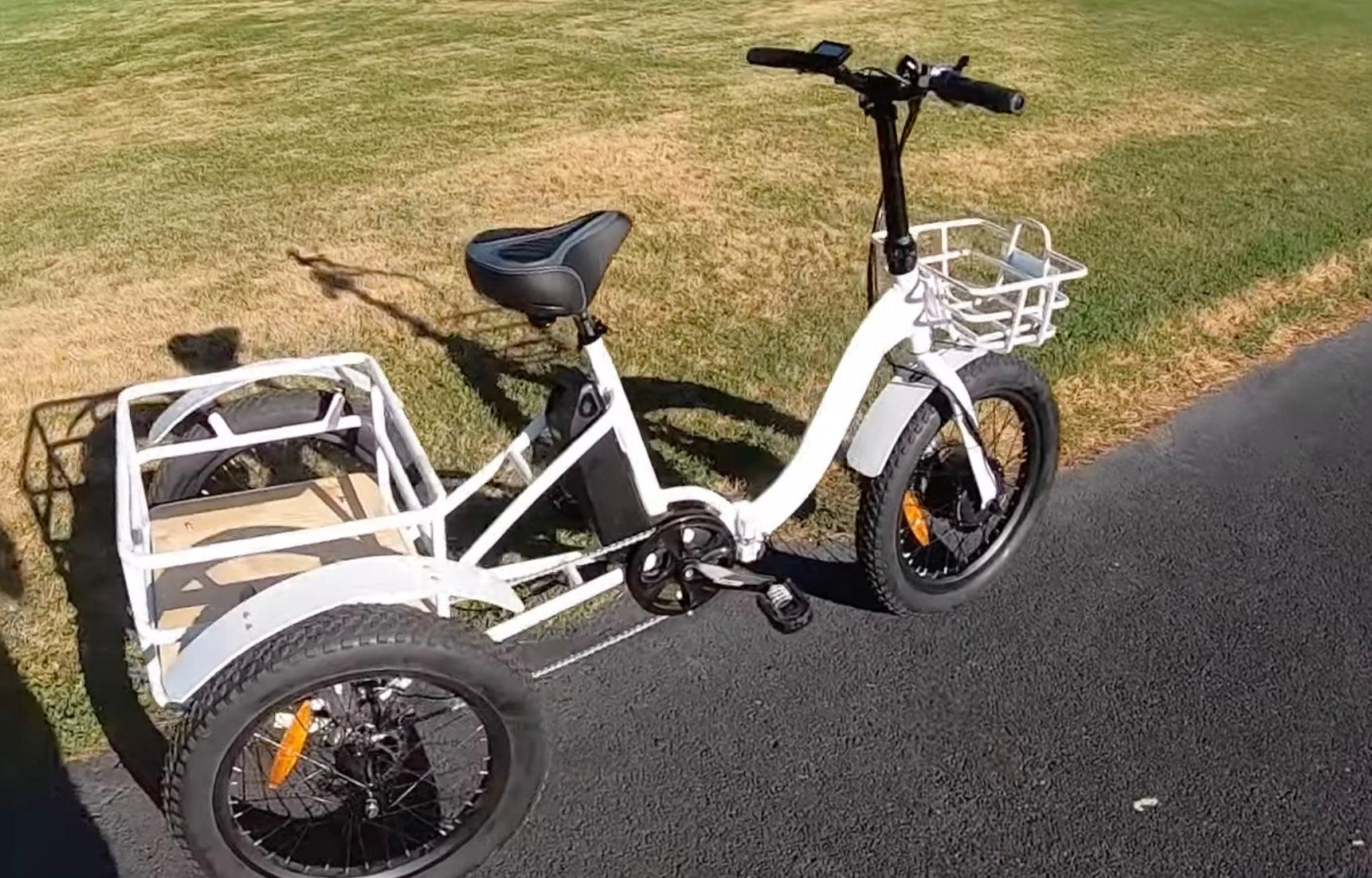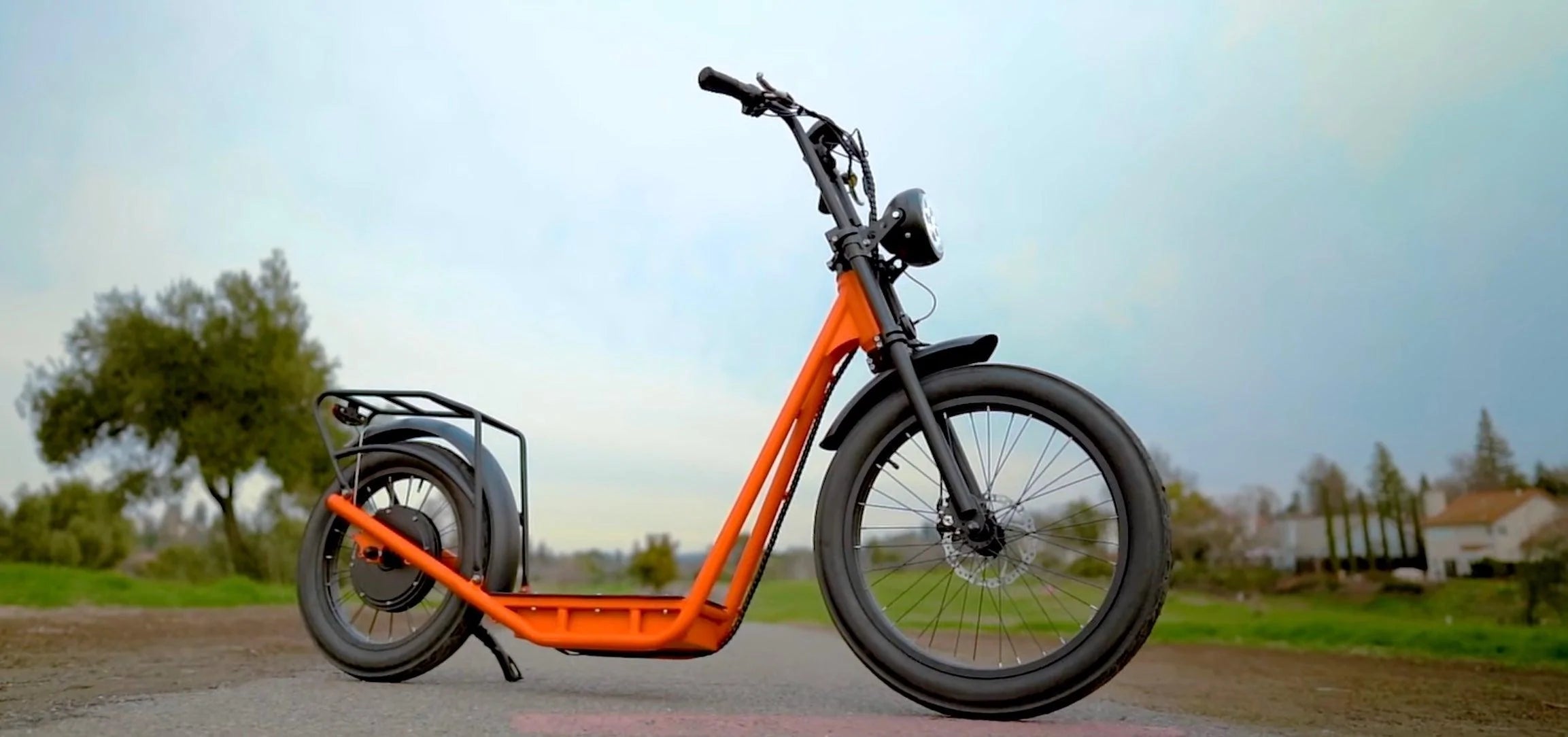Skateboards vs Longboards - Which is Right for You
Should I get a Skateboard or Longboard?
Before you dive into the world of skateboards or electric skateboards, it might be helpful to make the most general decision you’ll be confronted with while shopping. Do you need a skateboard, or do you prefer a longboard? While both of these types of boards will get you from point A to point B, there are some considerable differences. If you want to secure a high performance device, it’s absolutely paramount that you choose the right type of board.
This guide will introduce you to some of the key differences between a skateboard and a longboard, as well as the common applications and uses associated with both.
Differences between skateboards and longboards
Length
This is an obvious one. As the name suggests, longboards are considerably larger than skateboards. It’s tough to put a precise number on when a skateboard is long enough to be considered a longboard, but some experts suggest that boards over 91 centimeters are in longboard territory. Longboards can also reach lengths of up to 130 cm.
Size will impact a few of the qualities listed below. Naturally, a larger board is going to be more prone to stability, especially at higher speeds. But this increased size and stability come at the price of decreased maneuverability. It’s tough to pull off tricks or super quick turns/pivots on a longboard.
Weight
Weight is closely connected to length, but we decided to give it its own subsection because of the unique effects that weight specifically can have on performance and use. Skateboards are generally a lot lighter than longboards. Naturally, this makes them more maneuverable. It’s often possible to ollie or kick a skateboard off the ground. This is much harder to do on the larger longboard, if not outright impossible.
The weight of your board might also impact your ability to carry it around. If you plan on riding a skateboard or longboard to work or school, consider how many times you might have to lug a bulkier longboard through bus stations, on trains, or on no-skateboarding walkways. While longboards are more suited for commuting and extended rides, they also weigh you down more when you aren’t riding them.
Balance and Cruising
As we explained in the above sections, the extra weight and length of longboards make them better suited for long rides through the city or the country. It’s also worth mentioning that longboards are more likely to come standard with large rubber wheels. Pneumatic or honeycomb wheels are great for off-roading or riding at extreme speeds over bumpy terrain. With traditional skateboards, it’s tough to find models able to accommodate wheels like these.
To take advantage of the greater balance offered by a longboard, you’ll want to widen your stance. This, along with a solid crouch to lower your center of gravity, give you the best balance. This comes in handy while you glide at high speeds down large hills or through the
Tricks and Jumps
While longboards are great for a commute or a fun stroll, their large size makes it almost impossible to do tricks in the traditional sense. Skateboards are more nimble, lightweight, and maneuverable. Their wheels are equipped for gliding easily over smoothe terrain, and the decks are usually made with flexible materials capable of handling the stress of jumps or small collisions.
If you’re planning on hitting the ramps of a nearby skatepark or jumping curbs, staircases, or riding rails, a traditional skateboard is almost always going to be your best option.
Still, it is possible to do tricks on longboards. You can learn to do barrel rolls or even hit ramps, as long as you’re skilled enough and can hit high enough speeds to make it work. Some riders might be especially impressed if you’re able to do cool tricks on your longboard, especially considering the common idea that longboarders trade in tricks for range and off-road capabilities.
The Push Off
Another thing to remember is that longboards don’t require the kind of constant push-off that propels traditional skateboard models. You’ll definitely kick off a few times as you start riding your longboard. But as you hit higher speeds, it no longer becomes possible (read: safe) to connect your foot with the ground. Instead, longboarders usually continue riding by shifting their weight from the back to the front of the device. By doing this, longboarders can continue to ride for quite some time without having to touch a foot to the ground.
You can still cover considerable distance on a skateboard. But again, the push-off techniques used by longboards makes these devices the better option when it comes to long-range riding. It can quickly get tiring to push yourself forward on a skateboard, and a skateboard’s smaller frame makes it tougher to gain traction by simply shifting your weight.
Who should use a longboard?
It’s hard to say whether you should buy a longboard or a skateboard without knowing how you intend to use your new device. If you plan on cruising for long periods of time, or if you think your chosen board should have some practical commuting applications, then a longboard might be your best bet.
Riders who want the extended range of a longboard but are concerned about bulkiness should look for lightweight models. Smaller longboards do exist. Additionally, some longboards are relatively close in length to skateboards. These models might walk the line between longboard and skateboard well, giving you the increased range of some longboards while still providing ample maneuverability.
Who should use a skateboard?
On the other hand, skateboards are best for riders who imagine themselves most interested in hitting up skateparks or riding around while doing tricks. Skateboards are smaller and more maneuverable, so they generally offer the best opportunities for jumps, tricks, and other flexible feats.
Some skateboards might similarly allow you to walk the line between the benefits of a skateboard and the upsides of a longboard. If you want more commuting capability with your traditional skateboard, consider looking for skateboards with big trucks capable of accommodating larger rubber wheels. Switching between wheel types is a great way to maximize the versatility of any boarding device.
Electric Skateboards Vs. Longboards
Because of components like batteries, larger wheels, and motors, electric skateboards tend towards the bulkier end of the skateboard-longboard dichotomy. More lightweight electric skateboards might be able to do some tricks, but they generally won’t be much use when it comes to traditional tricks like you’d see on regular skateboards.
Still, if you’re looking for an electric board, it’s useful to know whether you’re looking for a longboard or a smaller skateboard. Like with regular boards, electric skateboards are more equipped for versatility and maneuverability, while longboards are well suited for longer rides and stability over variable terrain.
Maxfind Max4 PRO
The MaxFind Max4 Pro is a solid electric skateboard. At 38 inches in deck length, the Max4 Pro is technically an electric longboard. For riders who purchase it with the top extended range battery, it can achieve an incredibly impressive range of up to 45 miles. This makes it a very effective tool for commuting. The board makes use of dual 750 Watt motors, which gives the Max4 Pro a powerful top speed of 26 miles per hour. This isn’t the quickest board on the market, but it certainly will get the job done for most riders.

Maxfind FF PlUS
MaxFind’s FF Plus device is another high-performing electric skateboard. It rides the line between being a longboard and a skateboard with a length of just under three feet. This board offers stronger motors than the Max4 Pro, with dual 1200 hub motors providing exceptional torque. This increased power ups the hill climbing potential of the MaxFind FF Plus to 35%. Its top speed of 24 miles per hour is solid, and the highest strength battery option allows riders to go for up to 33 miles without a charge of the battery. This device comes standard with large 165 mm wheels, giving it great off-road and high-speed concrete capabilities.
Both the Max4 Pro and the FF Plus come equipped with four distinct riding modes, which makes them ideal for riders who are still learning or looking to improve their skills gradually.

Final Thoughts
You should figure out whether you prefer a longboard or skateboard before going any further on your board search. The choice shouldn’t be too difficult. A wealth of resources and blogs online are around to help you narrow down your choices to find the perfect device. In general, skateboards offer more maneuverability while longboards are known for their range and stability.






